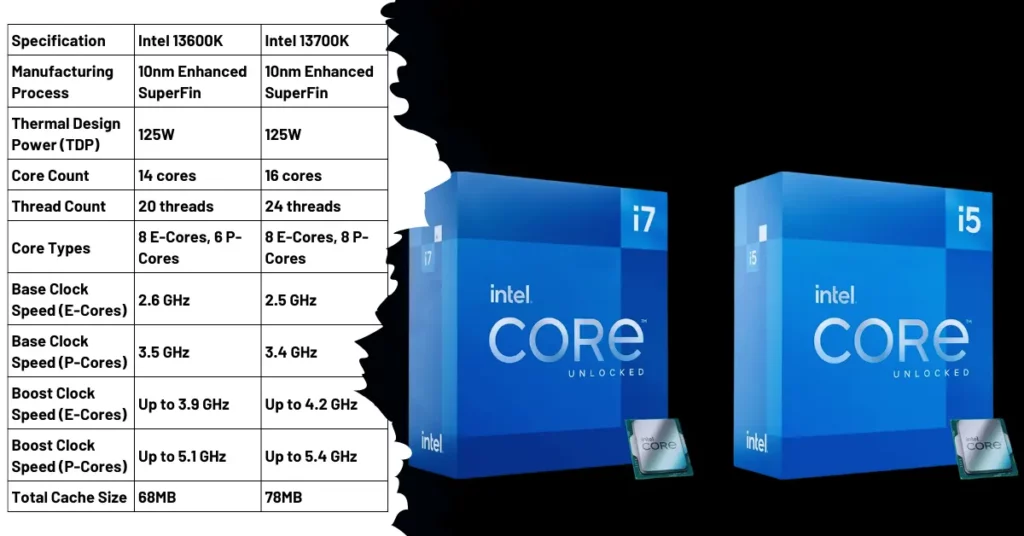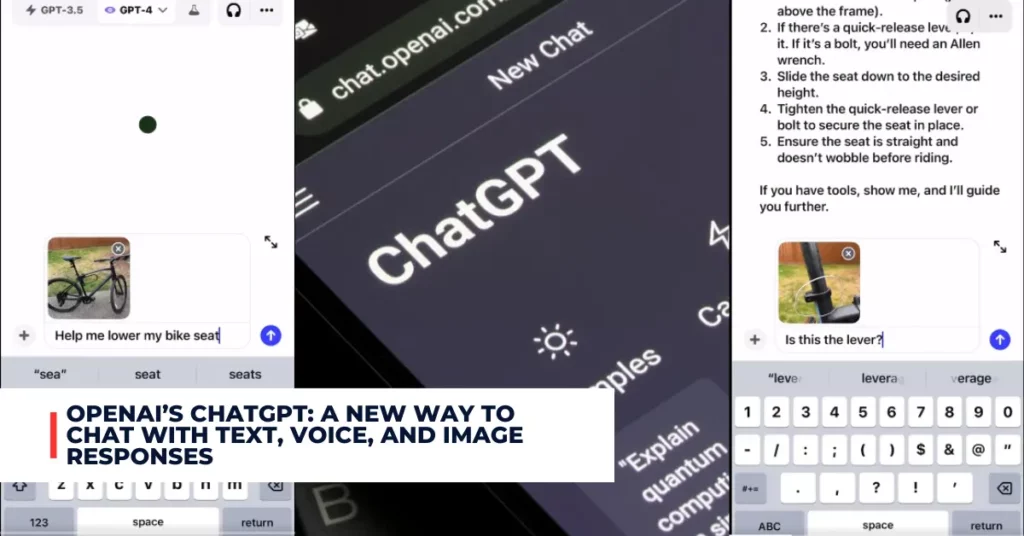Google has recently introduced a new feature that allows users to create AI images directly from the search bar. This feature is powered by Google’s Search Generative Experience (SGE), which is a vision for the future of web search that uses generative AI to synthesize responses to natural language queries.
Users who have opted-in to both Google Labs and SGE can now use this feature to generate images based on textual prompts, such as “draw a picture of a capybara wearing a chef’s hat and cooking breakfast”. In this article, we will explore how this feature works, what are its benefits and limitations, and how it compares to other similar tools.
Contents
How to Use Google’s AI Image Generator?
To use Google’s AI image generator, users need to sign up for Google Labs and opt-in to the SGE program. This feature is currently available only in the US, in English-language applications, and for users over the age of 18.
Once users have access to the feature, they can type in a description of what they want to create in the search bar, such as “a minimalist Halloween table setting” or “a spooky dog house idea”. Google will then provide up to four generated images in the results, which users can select and refine further.
Users can also export their generated images to Drive or share them via email. Google has also added the ability to create AI-generated images directly in Google Images. The next time users search for something like “fun Halloween decorations” or “new yard layout”, they will see a prompt among the image results to “Create something new”.
By clicking on “Generate”, a sidebar will appear with a series of AI-generated images based on the search query. Users can also turn on Google Lens on the generated image to search for real-world products that resemble the computer-generated image.
Make your own images with Google’s NEW AI generator tool:
Make your own images with Google’s NEW AI generator tool 😱 https://t.co/UHm8G55V2w
— Mashable (@mashable) October 12, 2023
What Are the Benefits and Limitations of Google’s AI Image Generator?
One of the main benefits of Google’s AI image generator is that it can help users find or visualize images that they cannot find elsewhere on the web. For example, users who are looking for inspiration for their creative projects, such as designing a logo, a poster, or a website, can use this feature to generate unique and original images based on their ideas.
Users who are looking for specific images, such as a capybara cooking breakfast, can also use this feature to satisfy their curiosity or humour. Another benefit of Google’s AI image generator is that it can help users avoid copyright issues that may arise from using existing images on the web.
Since the generated images are not based on any existing photos, users can use them freely for their personal or professional purposes without worrying about infringing on anyone’s rights.
However, Google’s AI image generator also has some limitations that users should be aware of. One of the limitations is that the generated images may not always be accurate or realistic. Since the AI model is trained on a large dataset of images from various sources, it may not have enough knowledge or context to generate images that match the user’s expectations or intentions.
For example, if a user types in “a blue whale swimming in the sky”, the AI model may generate an image of a blue whale with wings or clouds, which may not be what the user wanted. Another limitation of Google’s AI image generator is that it may not be able to generate images that are harmful or misleading.
Google has implemented some safeguards in the feature and blocked the creation of images that run counter to its prohibited user policy for generative AI, such as images of human faces, notable people, or harmful content.
Google has also developed a tool called About this Image that will help users assess the context and credibility of images by showing them when and where a similar version of the image may have first been seen by Google or showing them other pages on the web that use a similar image.
Check out some other new content we’ve published:
- Google Cloud Expands Vertex AI Search for Healthcare and Life Sciences
- Google Announces Assistant With Bard Powered by AI: How Does It Work?
How Does Google’s AI Image Generator Compare to Other Similar Tools?
Google’s AI image generator is not the first tool that uses generative AI to create images from text. There are other similar tools that have been developed by researchers or companies, such as DALL-E by OpenAI, VQGAN+CLIP by EleutherAI, or Artbreeder by Joel Simon.
These tools use different models and techniques to generate images from text, and they have different strengths and weaknesses. DALL-E is one of the most advanced and impressive tools that use generative AI to create images from text.
It uses a large-scale language model called GPT-3 and a vision model called VAE to generate diverse and high-quality images from natural language prompts. DALL-E can generate images that are complex, abstract, or surreal, such as “an armchair in the shape of an avocado” or “a snail made of a harp”.
However, DALL-E is not publicly available for everyone to use, and it may also generate images that are inappropriate or offensive. VQGAN+CLIP is another tool that uses generative AI to create images from text. It uses a vision model called VQGAN and a language model called CLIP to generate realistic and detailed images from natural language prompts.
VQGAN+CLIP can generate images that are photorealistic, such as “a beautiful sunset over the ocean” or “a cozy cabin in the woods”. However, VQGAN+CLIP may also generate images that are noisy, distorted, or inconsistent, especially for prompts that are vague, ambiguous, or contradictory.
Artbreeder is a tool that uses generative AI to create images from text and other inputs. It uses a vision model called GAN and a user interface that allows users to mix and edit images based on various parameters, such as style, color, or mood.
Artbreeder can generate images that are artistic, expressive, or customized, such as “a portrait of a woman with blue eyes and red hair” or “a landscape of a forest with snow and fireflies”. However, Artbreeder may also generate images that are unnatural, unrealistic, or unrecognizable, especially for prompts that are complex, specific, or novel.
Conclusion
Google’s AI image generator is a new feature that allows users to create AI images directly from the search bar. This feature is powered by Google’s Search Generative Experience (SGE), which is a vision for the future of web search that uses generative AI to synthesize responses to natural language queries.
Users who have opted-in to both Google Labs and SGE can use this feature to generate images based on textual prompts, such as “draw a picture of a capybara wearing a chef’s hat and cooking breakfast”. This feature has some benefits and limitations, and it compares to other similar tools that use generative AI to create images from text, such as DALL-E, VQGAN+CLIP, or Artbreeder.
Google’s AI image generator is an innovative and interesting tool that can help users find or visualize images that they cannot find elsewhere on the web. However, users should also be careful and responsible when using this tool, as it may not always generate images that are accurate, realistic, or appropriate.

